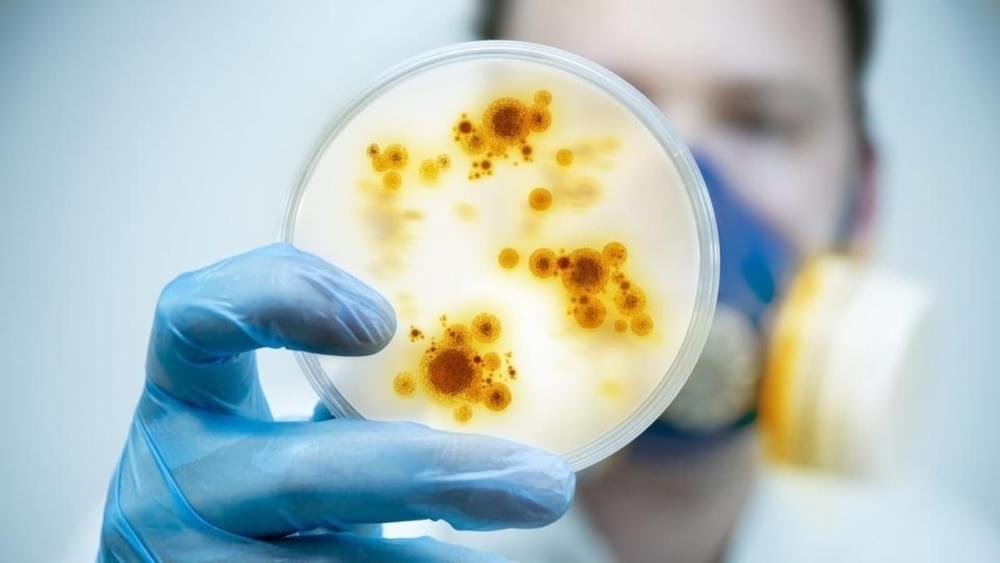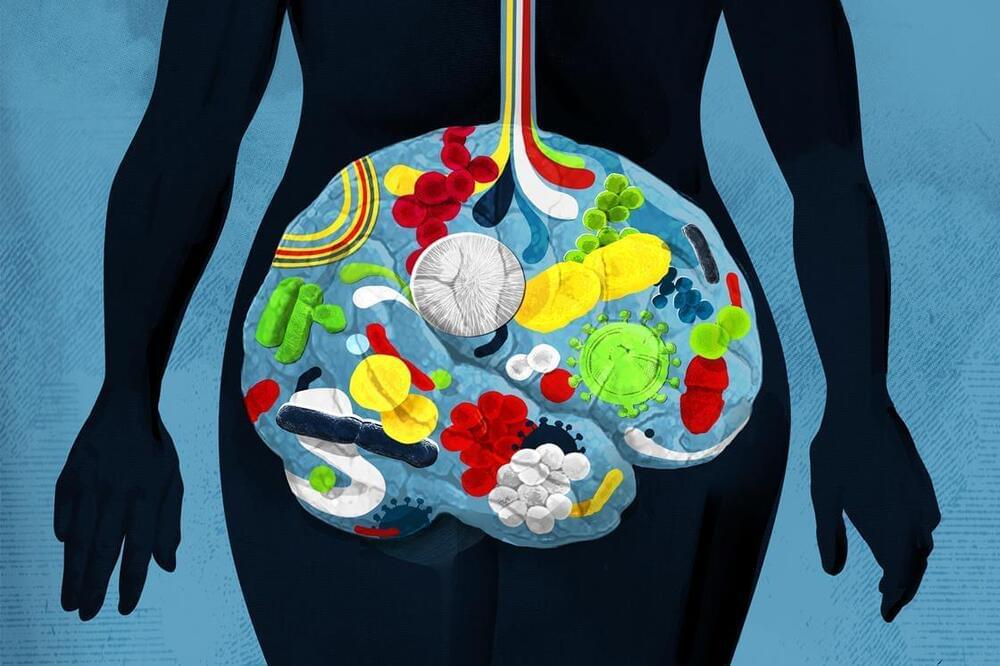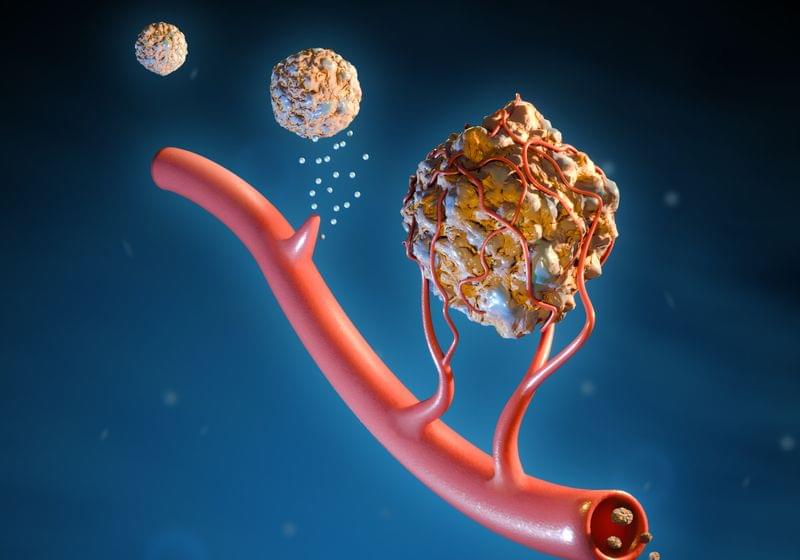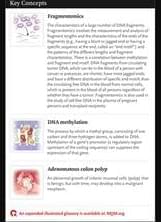Mar 17, 2024
How to Destroy a Nuke Anywhere on Earth
Posted by Jose Ruben Rodriguez Fuentes in categories: biotech/medical, military
Use code coolworlds at https://incogni.com/coolworlds to get an exclusive 60% off an annual Incogni plan. Nuclear weapons are the most terrifying invention of humanity. Could our genius to create such weapons also end them? Today we explore how neutrinos could be used to do just that, fizzling out nukes anywhere on Earth and with no defense. Written & presented by Prof. David Kipping, edited by Jorge Casas. Special thanks to Sam Gregson ( / @badboyofscience) for fact checking. → Support our research: https://www.coolworldslab.com/support → Get merch: https://teespring.com/stores/cool-wor… Check out our podcast:
/ @coolworldspodcast THANK-YOU to D. Smith, M. Sloan, L. Sanborn, C. Bottaccini, D. Daughaday, A. Jones, S. Brownlee, N. Kildal, Z. Star, E. West, T. Zajonc, C. Wolfred, L. Skov, G. Benson, A. De Vaal, M. Elliott, B. Daniluk, S. Vystoropskyi, S. Lee, Z. Danielson, C. Fitzgerald, C. Souter, M. Gillette, T. Jeffcoat, J. Rockett, D. Murphree, T. Donkin, K. Myers, A. Schoen, K. Dabrowski, J. Black, R. Ramezankhani, J. Armstrong, K. Weber, S. Marks, L. Robinson, S. Roulier, B. Smith, J. Cassese, J. Kruger, S. Way, P. Finch, S. Applegate, L. Watson, E. Zahnle, N. Gebben, J. Bergman, E. Dessoi, C. Macdonald, M. Hedlund, P. Kaup, C. Hays, W. Evans, D. Bansal, J. Curtin, J. Sturm, RAND Corp., M. Donovan, N. Corwin, M. Mangione, K. Howard, L. Deacon, G. Metts, R. Provost, B. Sigurjonsson, G. Fullwood, B. Walford, J. Boyd, N. De Haan, J. Gillmer, R. Williams, E. Garland, A. Leishman, A. Phan Le, R. Lovely, M. Spoto, A. Steele, K. Yarbrough, A. Cornejo, D. Compos, F. Demopoulos, G. Bylinsky, J. Werner, B. Pearson, S. Thayer, T. Edris, B. Seeley, F. Blood, M. O’Brien, P. Muzyka, D. Lee, J. Sargent, M. Czirr, F. Krotzer, I. Williams, J. Sattler, J. Smallbon, B. Reese, J. Yoder, O. Shabtay, X. Yao, S. Saverys, M. Pittelli, A. Nimmerjahn & C. Seay. CHAPTERS 0:00 Neutrinos 3:39 Incogni 5:08 Neutrino Factories 9:11 Applications 14:19 My Take 16:17 Outro & Credits #nuclearwar #nuke #coolworlds


















